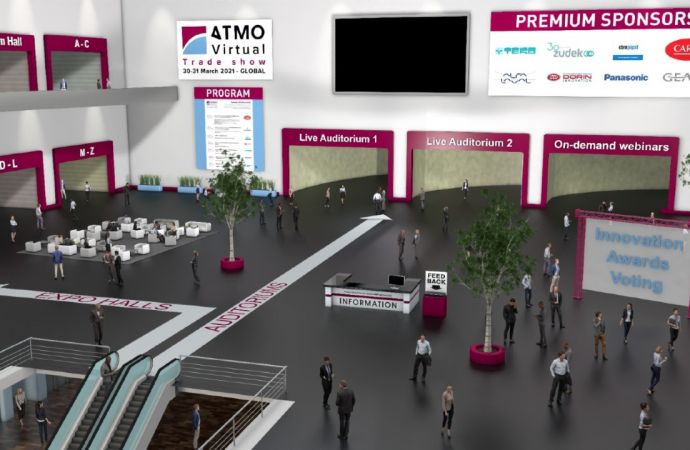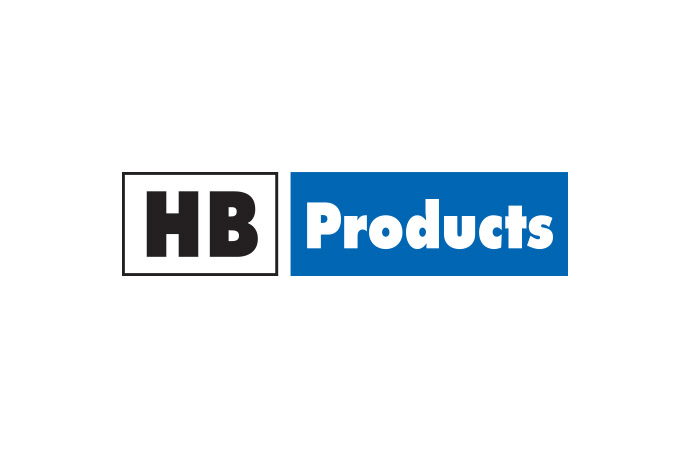According to roundtable discussions at the ATMOsphere America 2012 in June 2012, a lack of familiarity with NH3, CO2, and HCs and a lack of standardized technician training has resulted in varying levels of knowledge amongst the US technician population creating a barrier for alternative technology. Incentives to increase understanding of natural refrigerants are needed in addition to more uniform standards.

Coinciding with a growing demand for natural refrigerants systems and components in the US and Canada, ATMOsphere America, “the business case for natural refrigerants” was organised in Washington DC on 12-13 June 2012. A key feature of the conference was an Industry Roadmap Workshop during which participants were split into roundtables of eight to discuss barriers preventing greater uptake of natural refrigerant technologies and solutions to these.
Three key points of discussion were on the agenda:
- Industry know-how and training
- Markets and awareness
- Codes and standards
Pervasive fear of natural refrigerants needs to be addressed
One of the key outcomes of the discussions was that a lack of familiarity with NH3, CO2, and HCs is leading to fear of natural refrigerants, in particular in relation to working with flammable and toxic refrigerants, and high pressures.
Alexandra Maratou, Senior Policy Officer at shecco said, “What we discussed here was that sometimes there is illogical fear of ammonia and flammable refrigerants. There is the need to explain the benefits to all stakeholders. For example, to stress energy savings to customers to get them interested because it is about the financials at the end of the day. Possible stakeholders would be industry associations, through product marketing, or marketing organizations, trade journals, NGOs.”
Raising the profile and quality of HVAC&R apprenticeships
There is also a lack of interest in natural refrigerant technician training, identified as partly due to a perceived lack of prestige awarded to the profession. This needs to be overcome to attract more people to the sector. Improving the quality of HVAC&R apprenticeships could help: some participants drew a parallel to electrical apprenticeships and recommended that HVAC&R apprenticeships should mirror them – for example one cannot be an electrician without a 4 year apprenticeship that includes both theoretical and field training as well as continuous education. The same does not currently exist for refrigeration technicians.
Should training and certification be standardised and made mandatory?
Several participants proposed that certification of technicians on handling natural refrigerants be made mandatory, and that curricula on natural refrigerant be developed to allay fears regarding toxicity, flammability and high-pressure.
Held up as an example for other sectors to follow, the Refrigerating Engineers and Technicians Association (RETA) trains operators and technicians in operating ammonia system through standardised training programs. RETA has created a US-wide testing system and has teamed up with the International Institute of Ammonia (IIAR) to create the “Ammonis Refrigeration Training Guideline”.
An end user perspective on training
Richard Reeves, North American Red Bull purchasing manager said that when it comes to training it is important to make sure that the servicing company meets certain training standards. To introduce new technology end users need to work with manufacturers to help provide the best solutions and also learn as much as possible about the available technologies.
“We need to get education so that we can sell it to the organization. To some extent we do have some autonomy but we have to get our CEO’s approval to make the final decision with senior management. So the more education we can get on the benefits of this new technology, which I am getting at this workshop, the more arguments I have to go back to my company and say this is the right technology for us to invest in, this is where we need to put our money in the future, this is how we need to guide the business,” said Reeves.
MORE INFORMATION
Related stories













_1522327086.png)
